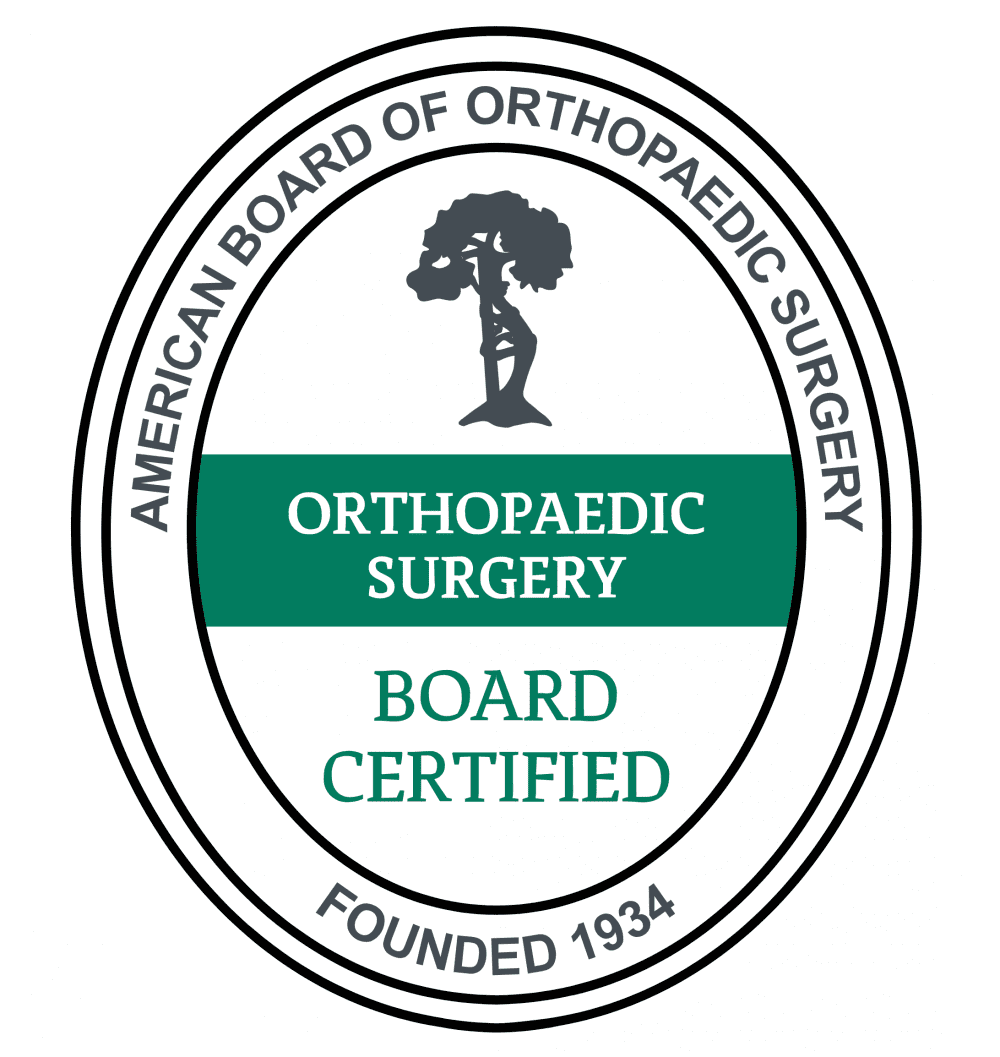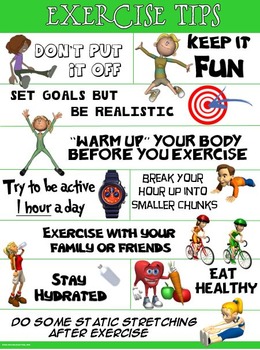
A circuits class combines strength training and cardio activities. These classes are short and intense, with participants able to work at their own speed. You can signup for a free trial class if a GO Gateshead membership is available. You can also pay individually for classes if you don't have a membership. The GO Gateshead combines the best aspects of both fitness and health with its classes.
Circuit training can be used by people at all levels of fitness. The classes are easy to follow and accessible for all fitness levels. As you get fitter the intensity of these circuits will increase. You can adjust how long you spend at each station depending on your fitness level and goals. You will have a trainer to help you with the exercises. You should wear comfortable workout clothes and sneakers.

A circuit class typically contains eight to ten exercises and varies in length depending on the goal of the class. The circuits are usually completed three to five more times. You can choose the exercises that you want to do in a circuit depending on your goals and mobility. For a professional player, speed and agility are important. However, beginners may require a cardiovascular workout. It is important that you find the right class for your goals and needs.
An integrated circuits class is an excellent introduction to a wide variety of different types of fitness. With a circuit, you will be able to achieve your fitness goals quickly and safely. These classes can help with weight loss, muscle building, tone-up, and general conditioning. A circuit training class is a great way to meet all your physical and mental goals. They are a great way for you to improve your overall well-being.
Circuits classes combine high intensity and group exercises. This is a great way lose weight and increase stamina. It is a great way to lose weight and build stamina. You can choose the level of exercise you want and have a circuits class designed just for you. A circuits class will teach both basic and more advanced circuits.

Circuits classes are great for all fitness levels. The variety of exercises will help you tone existing muscles and build lean muscle mass. A personal trainer can create workouts that meet your needs and goals. This type of workout is a great option for people who are tired easily, do not like to exercise alone, or have limited space. It can also help to improve their overall health, by increasing heart rate and stamina.
FAQ
Exercise: Is it good or bad for immunity?
Your immune system is strengthened by exercise. When you exercise, your body produces white blood cells which fight off infections. You can also eliminate toxins from the body. Exercise is a great way to prevent heart disease, cancer, and other diseases. It also reduces stress levels.
Exercising too frequently can make your immune system weaker. When you exercise too hard, your muscles will become sore. This can cause inflammation as well as swelling. Your body then has to produce more antibodies to fight off infection. Problem is, extra antibodies can trigger allergies and other autoimmune conditions.
So, don't overdo it!
What is the difference in fat and sugar?
Fat can be a source of energy that is obtained from food. Sugar is a sweet, naturally occurring substance in fruits and vegetables. Both fats and sugars provide the same number of calories. But fats are twice as calories as sugars.
Fats can be stored in the body, which can lead to obesity. They may cause cholesterol buildup and lead to strokes or heart attacks.
Sugars are quickly absorbed into the body and provide instant fuel. This causes blood glucose to rise. High blood glucose levels can lead to type II diabetes.
What is the difference of a virus from a bacteria?
A virus is a microscopic organism that cannot reproduce outside its host cell. A bacterium (or single-celled organism) reproduces by splitting itself into two. Viruses have a very small size (about 20 nanometers), while bacteria is larger (up to one micron).
Viruses are often spread through contact of infected bodily fluids like saliva, urine or semen. Bacteria are often spread via direct contact with contaminated surfaces or objects.
Viruses can get into our bodies through cuts and scrapes on the skin, bites, and other injuries. They may also get into the body through the nose and mouth, eyes, ears or rectum.
Bacteria can enter our bodies through wounds, cuts, scrapes, burns, insect stings, or other breaks in our skin. They may also be introduced into our bodies through food and water as well as soil, dirt, dust, and animals.
Viruses and bacteria both cause illness. Viruses cannot multiply in their host cells. Viral infections can only cause diseases in living cells.
Bacteria can grow in their hosts and cause disease. They can spread to other parts of our bodies. That's why we need antibiotics to kill them.
Do I have to count calories?
It is possible to wonder "What diet is best for me?" or "is counting calories necessary?" This depends on your health and lifestyle.
The Best Diet For Me - Which One Is Right For You?
My current health status, personal goals, preferences, and overall lifestyle all play a role in choosing the right diet. There are many options, both good and bad. Some diets work for some people, while others are not. So what should I do? What can I do to make the right decision?
These are the questions this article will answer. This article begins with a brief overview of the various types of diets that are available today. Then we will discuss the pros & cons of each kind of diet. We'll then discuss how to choose which one is best for you.
To begin, let's take a quick look at the different types of diets.
Diet Types
There are three main types, low fat, high protein, or ketogenic diets. Let's take a look at them all below.
Low Fat Diets
A low-fat diet restricts fat intake. This is done by reducing your intake of saturated oils (butter, cream cheeses, etc.). They are replaced by unsaturated fats such as avocados, olive oil, and cream cheese. People who are looking to lose weight quickly and easily will benefit from a low-fat diet. This diet can cause constipation, heartburn, and stomach problems. A person may also experience vitamin deficiencies if they don't get enough vitamins.
High Protein Diets
High protein diets are known to restrict carbohydrate intake and promote the consumption of proteins. These diets usually have higher amounts of protein than other diets. They are meant to help build muscle mass and burn more calories. They may not be able to provide sufficient nutrition for people who need it. They may also be too restrictive and not suitable for everyone.
Ketogenic Diets
Ketogenic diets are also known as keto diets. They are high fat and moderately carbohydrate and protein-rich. They are typically used by athletes and bodybuilders because they allow them to train harder and longer without getting tired. To avoid side effects such as fatigue, nausea, headaches, or other unpleasant side effects, you must strictly adhere to their instructions.
Statistics
- WHO recommends consuming less than 5% of total energy intake for additional health benefits. (who.int)
- The Dietary Guidelines for Americans recommend keeping added sugar intake below 10% of your daily calorie intake, while the World Health Organization recommends slashing added sugars to 5% or less of your daily calories for optimal health (59Trusted (healthline.com)
- nutrients.[17]X Research sourceWhole grains to try include: 100% whole wheat pasta and bread, brown rice, whole grain oats, farro, millet, quinoa, and barley. (wikihow.com)
- Extra virgin olive oil may benefit heart health, as people who consume it have a lower risk for dying from heart attacks and strokes according to some evidence (57Trusted Source (healthline.com)
External Links
How To
Here are 10 tips to live a healthy lifestyle
How to keep a healthy lifestyle
We live in a fast world where we don't get enough sleep, eat too much, drink too much alcohol and smoke cigarettes. We don’t take proper care of our bodies.
If you are working full time, it can be difficult to keep a healthy diet and exercise regimen. It's even harder when you are stressed because your mind tells you that you cannot handle the situation anymore. So we feel guilty and give up.
It is possible that your body is experiencing problems. Seek out a doctor to discuss your current health condition. If there are no signs of something abnormal, stress from your job could be the cause.
People believe they are lucky because they can go to the gym every day or have friends who keep them fit. But those people are actually lucky. Those people don't have any problems. They managed everything. I wish everyone could become like them. Unfortunately, most people don't know the best ways to balance their personal and professional lives. Many people end up with bad habits which eventually lead to diseases such as heart disease, diabetes, cancer and many others.
Here are some ways to improve your daily life.
-
Get enough sleep, minimum 7 hours, maximum 8 hours. This means sleeping properly and not consuming caffeine in the hour before bed. Caffeine blocks melatonin hormones, making it difficult to fall asleep. You should also ensure that your bedroom has a dark, clean environment. Make sure that you use blackout curtains especially if you are working late at night.
-
Get healthy - Start your day with a good breakfast. Avoid sugary products, fried food and white breads. For lunch, try to include fruits, vegetables and whole grains. It is recommended that afternoon snacks be high in fiber and protein, such as nuts and seeds, beans, fish, and dairy products. Avoid snacking on unhealthy foods like chips, candy, cookies, cakes, and sodas.
-
Get enough water. The majority of people don’t drink enough water. Water is good for us. It helps us lose more calories, keeps the skin soft and youthful, improves digestion, and flushes out toxins. Aim to drink six glasses of fluids daily to lose weight more quickly. The best way of determining your hydration is to check the color in your urine. Dehydrated is yellow, orange dehydrated slightly; normal pink urine; overhydrated red urine; and clear urine indicates highly-hydrated.
-
Exercise - It has been proven that regular physical activity can improve energy levels and reduce depression. Walking can be a great way to improve your mood. Although walking may seem simple, it is not easy. It requires concentration and effort. Your brain needs to keep your eyes on the road and focus on breathing slow and deep. Walking for 30 minutes at a steady pace can help you burn between 100 to 150 calories. Start slowly and increase your pace gradually. To prevent injuries, be sure to stretch after exercising.
-
Positive thinking is vital for mental health. When we think positively, we create a happy environment inside ourselves. Negative thoughts cause anxiety and drain our energy. Try to visualize the things you are aiming to achieve. If you feel overwhelmed by all these new tasks, break down each task into small steps. Be aware that you will fail at times, but don't despair. Just get back up and start over.
-
Learn to say no - We often get so busy that we do not even realize how much time we waste doing unimportant things. It is important for you to know when to say "No" and how to do it. Saying 'no' does not mean being rude. It is just saying no. There will always be another way to finish the job. You should set limits. Ask for help. This work can be delegated to someone else.
-
Take care of you body. You can boost your metabolism by eating healthier foods. You should avoid eating too many oily and heavy foods, as they tend to increase cholesterol. It is a good idea to eat three meals and two snacks per day. Aim to consume 2000-2500 calories each day.
-
Meditate – Meditation is great for stress relief and anxiety. Sitting still with closed eyes allows your mind to relax. This exercise will improve your ability to think clearly and help you make decisions. Meditation can help you be calmer, happier, and more productive.
-
Breakfast is the most important meal you should eat each day. Skipping breakfast may lead to overeating during lunchtime. As long as you have breakfast within one hour of waking up, it is not too late. Eating breakfast boosts your energy and helps you manage your hunger better.
-
Eat clean food - Food affects our moods more than we know. Avoid junk food, artificial ingredients and foods that are high in preservatives. These products can cause acid reflux and increase cravings. A variety of fruits and vegetables is rich in vitamins, minerals and other nutrients that can help improve overall health.